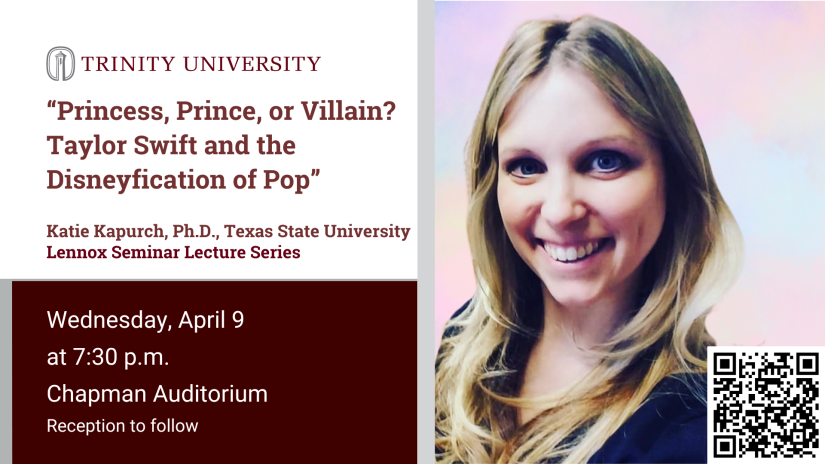Greenwashing: The latest trend in fast fashion
Even when consumers are aware of environmental harm, why do fast fashion retailers continue to grow?
This past August, Chinese ultra-fast fashion retailer SHEIN launched SHEINCares For Animals. Paired with an assortment of cheap T-shirts and tote bags promoting the cause, the campaign pledged to donate $300,000 to animal welfare organizations. Despite what appeared to be good intentions, this is one of the most egregious examples of greenwashing to date.
Greenwashing is the practice of corporations portraying themselves as environmentally responsible in order to mask unsustainable practices. According to a 2021 Genomatica survey, Gen Z prioritizes sustainability when making purchases far more than older generations. It’s in a corporation’s best interest to market to this desire. To appeal to their fastest-growing demographic, fast fashion retailers push their environmental PR campaigns to the forefront of their brand without making significant changes to their supply chains, materials or labor practices.
It’s no surprise that SHEIN wants to appeal to their target demographic’s values of sustainability and transparency. After all, it’s easy to emphasize not using furs, animal skin or leather when your products are made of cheap, non-biodegradable synthetic fibers. It’s easy to donate $300,000 to animal welfare causes, but it’s harder to avoid the harm that microplastics from your products will cause to sea life. When you factor in the carbon emissions brought on by their constant production, it becomes increasingly clear that #SHEINCares is nothing more than a PR stunt to distract from the tangible harm ultra-fast fashion retailers cause every day.
According to Genomatica, despite greenwashing efforts, 3 in 4 American consumers are aware of the sustainability issues in fast fashion. Over half of consumers say “sustainability is important” and are “interested in buying sustainable clothing,” so if consumers are aware of the harm that fast fashion retailers pose to the environment, why are these brands growing exponentially? After all, SHEIN was the most-downloaded shopping app in 2020, surpassing even Amazon. As a company known for their unsustainable business practices, ripping off small designers and labor exploitation, how do they make $10 billion in profits when they seemingly contradict all of Gen Z’s principles?
To many, fast fashion retailers are the only outlet that consumers have heard of and have the budget for. According to the aforementioned Genomatica survey, 48% of consumers “don’t know how or where to find sustainable clothes,” and 42% of consumers are “confused about what actually makes clothing sustainable.” On top of this, many alternatives to fast fashion are out of the average Gen Z consumer’s price point. Popular sustainable brands (or “slow fashion”), such as Reformation and Organic Basics can cost hundreds of dollars for a single piece. If you can buy six $10 t-shirts from H&M or SHEIN for $60, why would the average consumer go out of their way to purchase one $60 t-shirt from a company like Organic Basics? Without labor exploitation and unsustainable business practices, clothing is an investment instead of an impulse purchase.
The ever-shortening trend cycle is also to blame for fashion overconsumption. Gen Z grew up in a world where fast fashion is mainstream. In the 1990s, Zara pioneered releasing new items every few weeks, in lieu of traditional seasonal releases. Nowadays, SHEIN boasts adding 700 to 1,000 new styles daily. When a popular aesthetic can become outdated in just a couple of months, the pressure to consume is elevated. Fashion pieces can’t be long-term investments when it’s embarrassing to be caught wearing them just a few months down the line.
Additionally, the COVID-19 pandemic promoted the consumption of fast fashion through the “lipstick effect.” The lipstick effect is when consumers spend money on small indulgences during periods of economic downturn, recession and depression. Psychologically, a small indulgence–such as fast fashion–allows for a consumer to temporarily distract themselves from their financial struggles.
The phrase “there is no ethical consumption under capitalism” is thrown around so much to the point that it’s now a punchline. The catchy slogan helps us fuel our cognitive dissonance when it comes to fast fashion consumption. After all, my small purchase is nothing compared to the environmental destruction caused by corporations. There is truth to this sentiment: According to the United Nations Environment Programme, the fashion industry is responsible for as much as 8% of annual global carbon emissions. That’s more than all international flights combined.
However, as consumers, our dollars matter. If we’re putting money into brands that pollute our earth and practice modern-day slavery, we’re supporting them. As the generation most directly impacted by the climate crisis, we need to radically change the way we view fashion. We need to start collectively viewing fashion as a long-term investment in one’s personal style, rather than following trends that will die out in a couple of months. Conscious consumption may not solve all our problems, but slowing the fashion cycle is a crucial step towards a better earth.







Richard Weiss • Sep 26, 2021 at 3:39 pm
Speaking as a Boomer, I learned a lot from this. Well done.
McKenzie Funk • Sep 24, 2021 at 9:34 pm
Thank you for helping all of us fight our cognitive dissonance! Great column, great writer